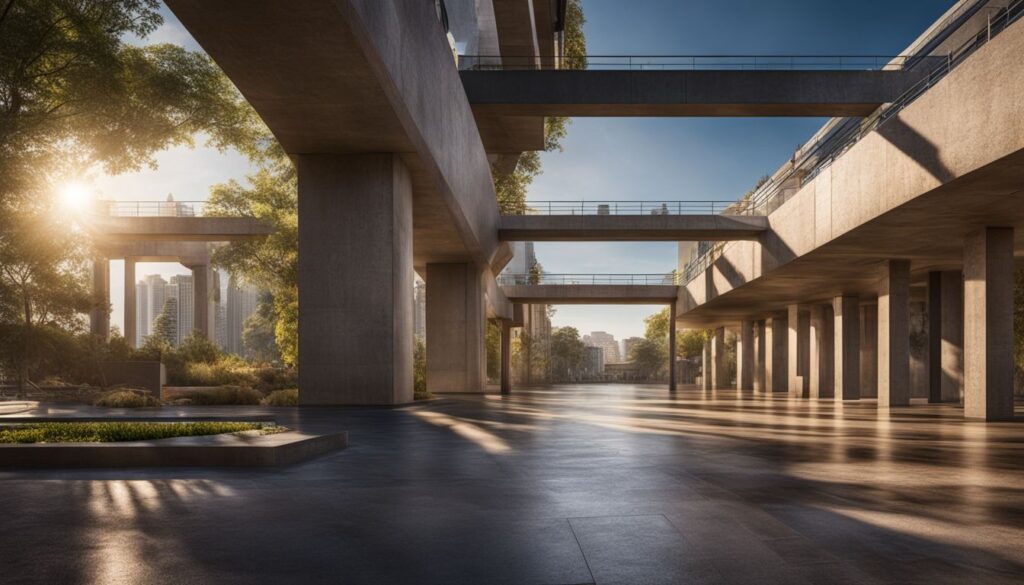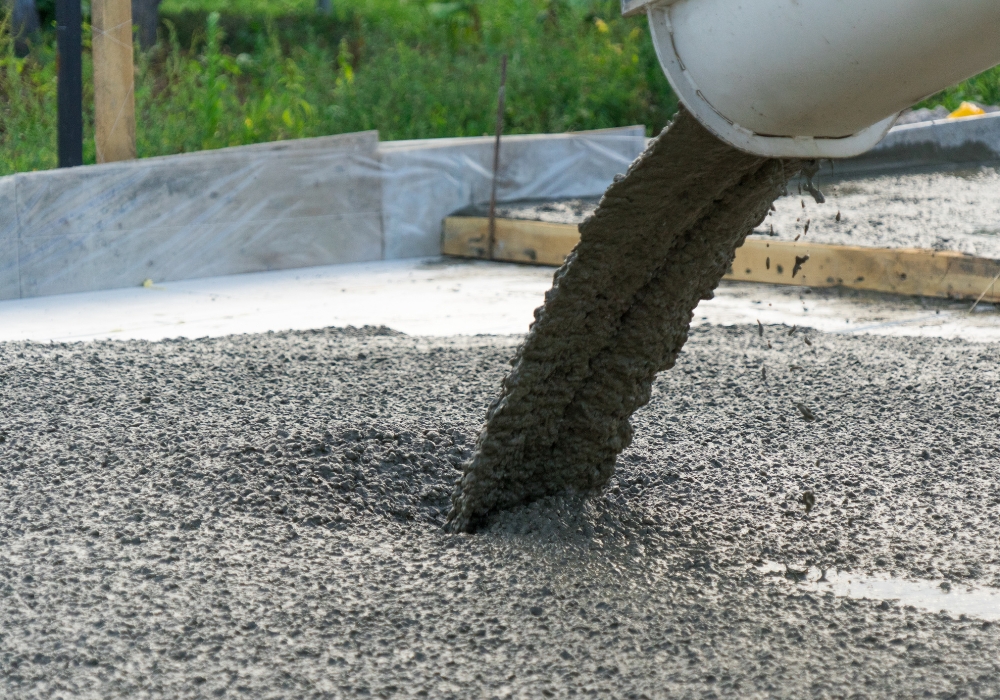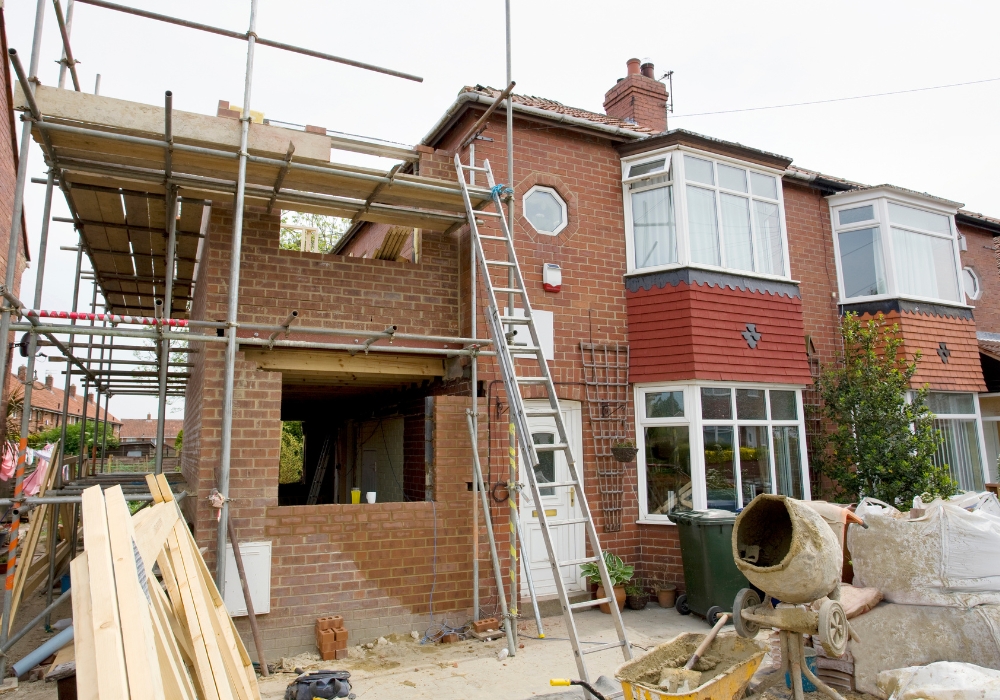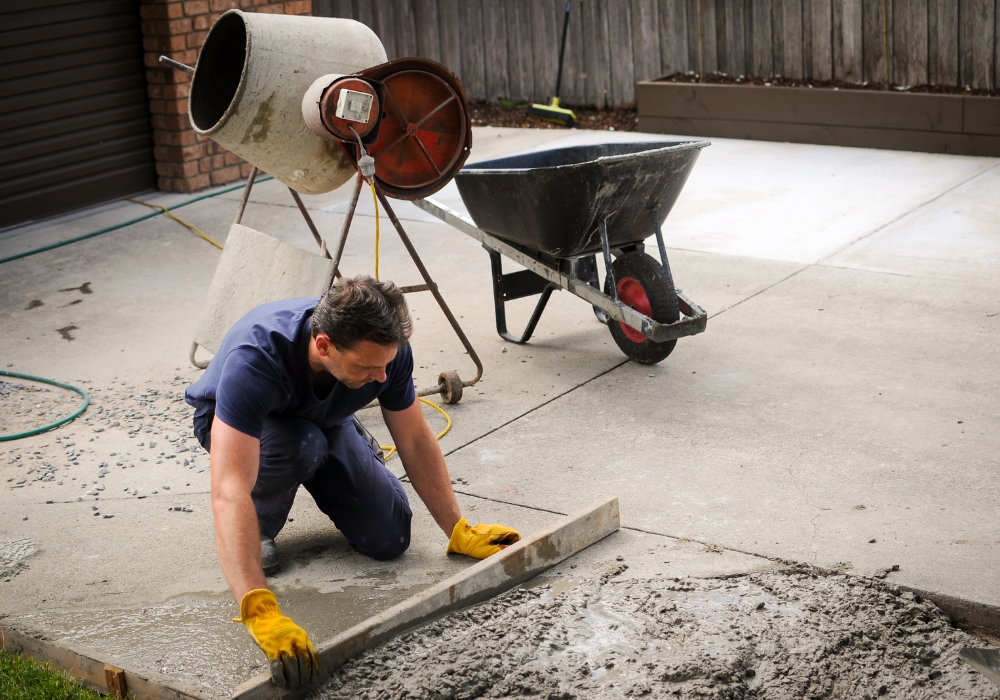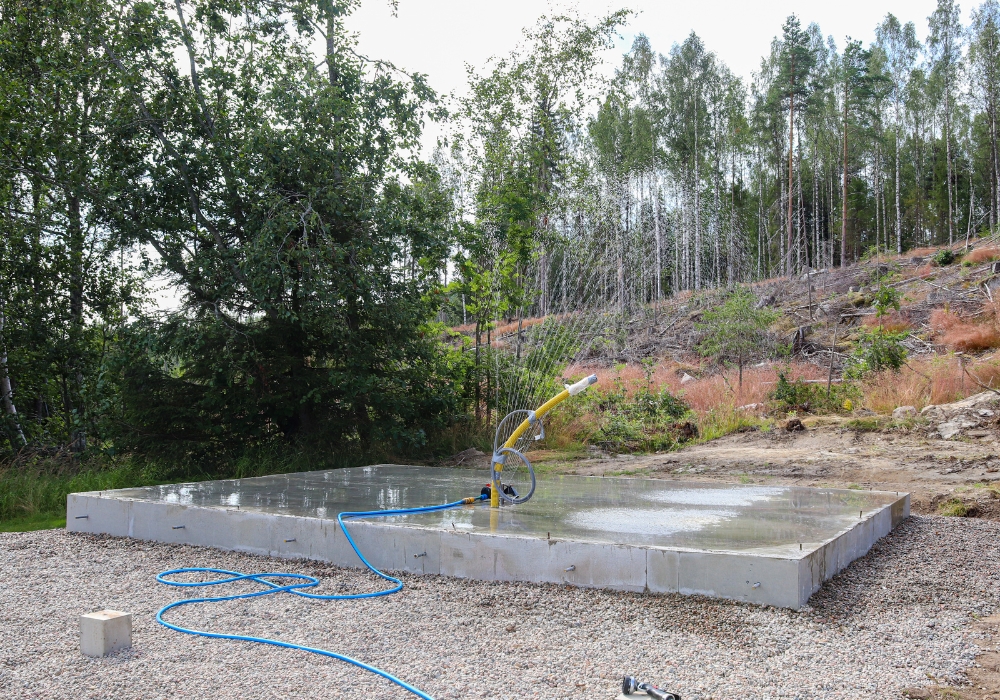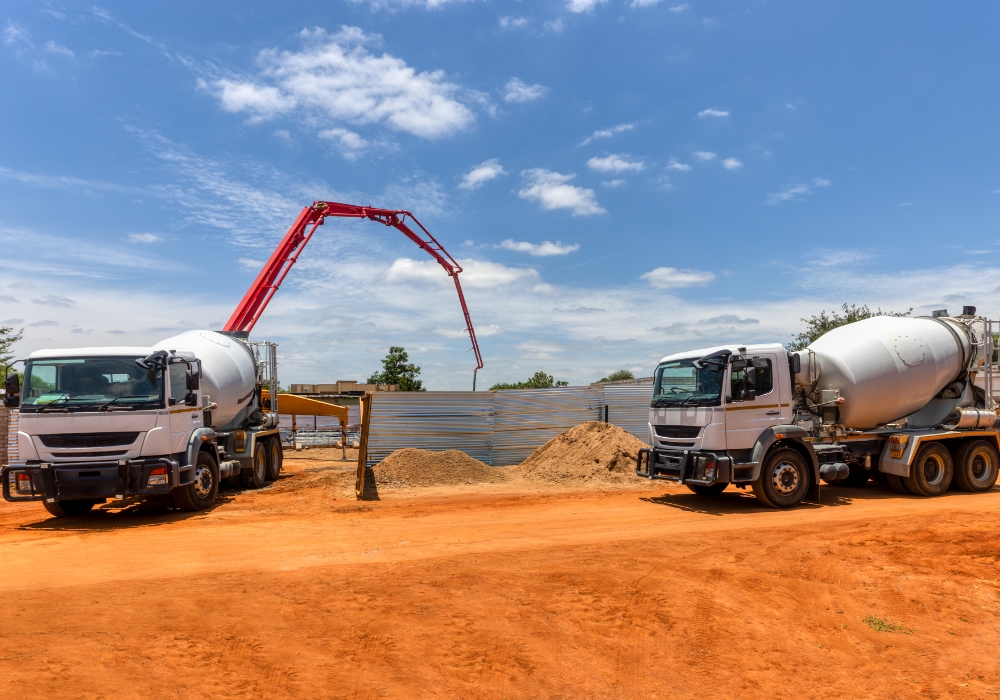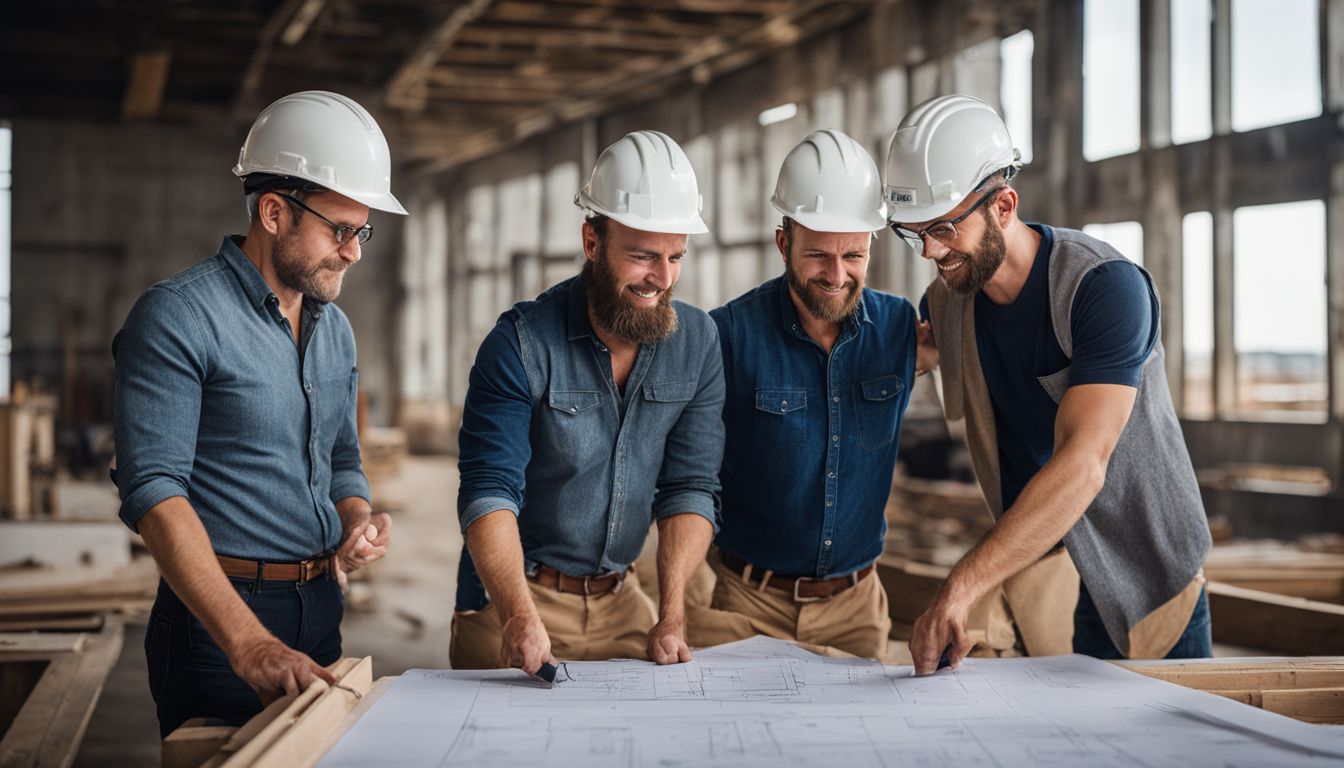
Bringing your dream building to life can be a real doozy of a challenge, something many of us have copped firsthand. Through our own journey, we found that cracking the right formwork technique is absolutely pivotal.
This yarn’s all about helping you nail your architectural dreams with the perfect formwork approach. Keen for some hot tips? Read on, mate!
Understanding Formwork in Architecture
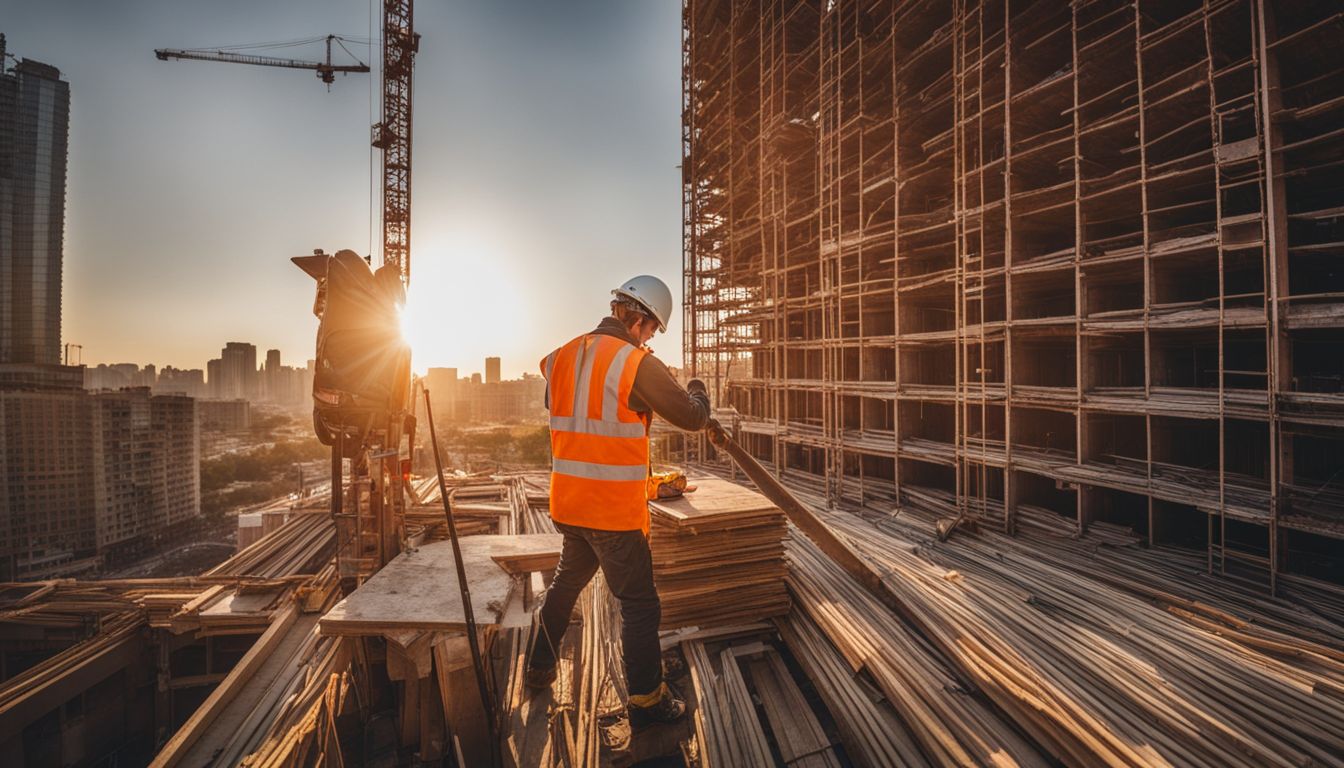
Formwork in architecture plays a crucial role in shaping concrete structures with precision. Achieving intricate architectural designs through formwork often presents unique challenges that require innovative solutions.
Role of formwork in construction
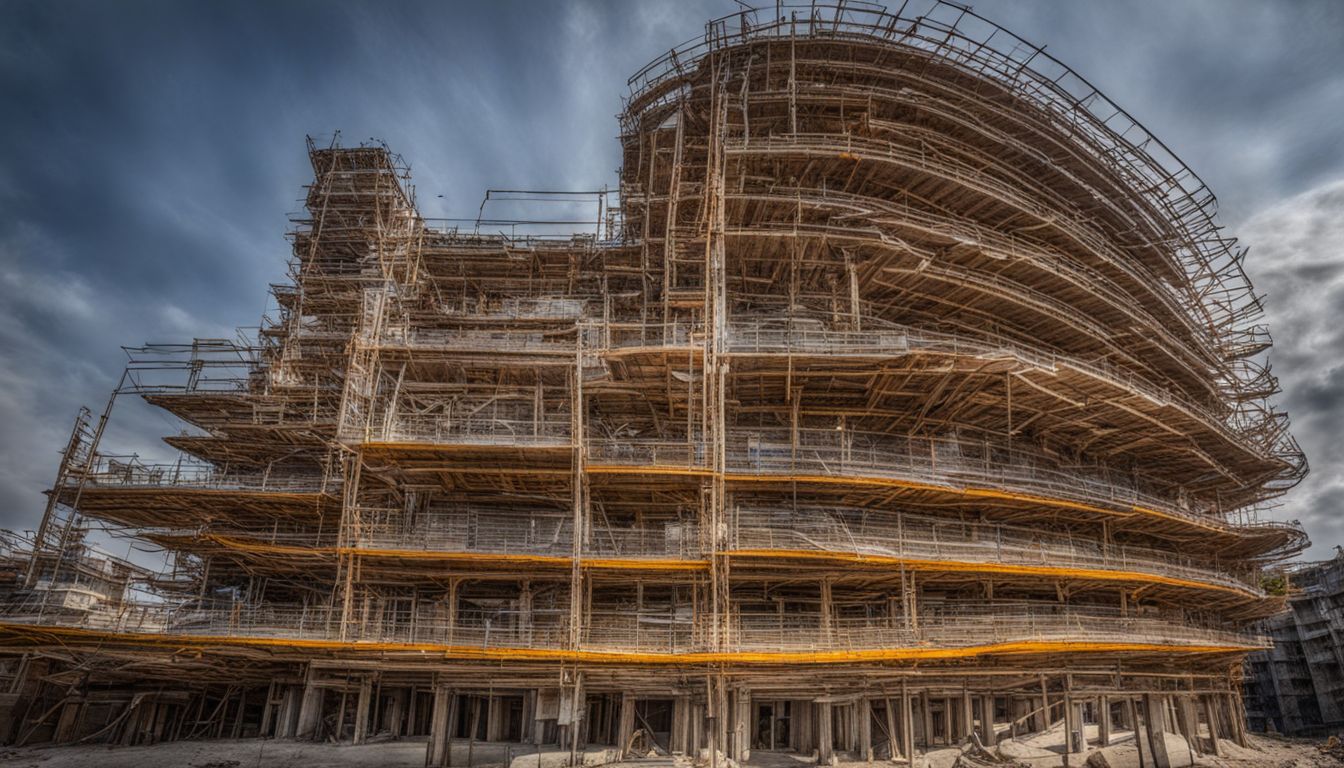
Formwork plays a crucial role in construction by shaping the concrete to the desired specifications. It serves as a temporary or permanent mould where concrete is poured to achieve stability, quality, and architectural design.
We ensure that the formwork systems we choose are not only reliable but also promote high-speed construction and financial saving without compromising on quality.
Precise formwork is foundational for achieving unparalleled concrete quality and architectural innovation.
Our focus extends to customising the formwork equipment for each project, guaranteeing that every curve, angle, and line meets our client’s vision. This approach elevates the structural engineering and aesthetics of buildings while ensuring longevity and precision in every construction technique deployed.
Challenges in achieving architectural designs with formwork
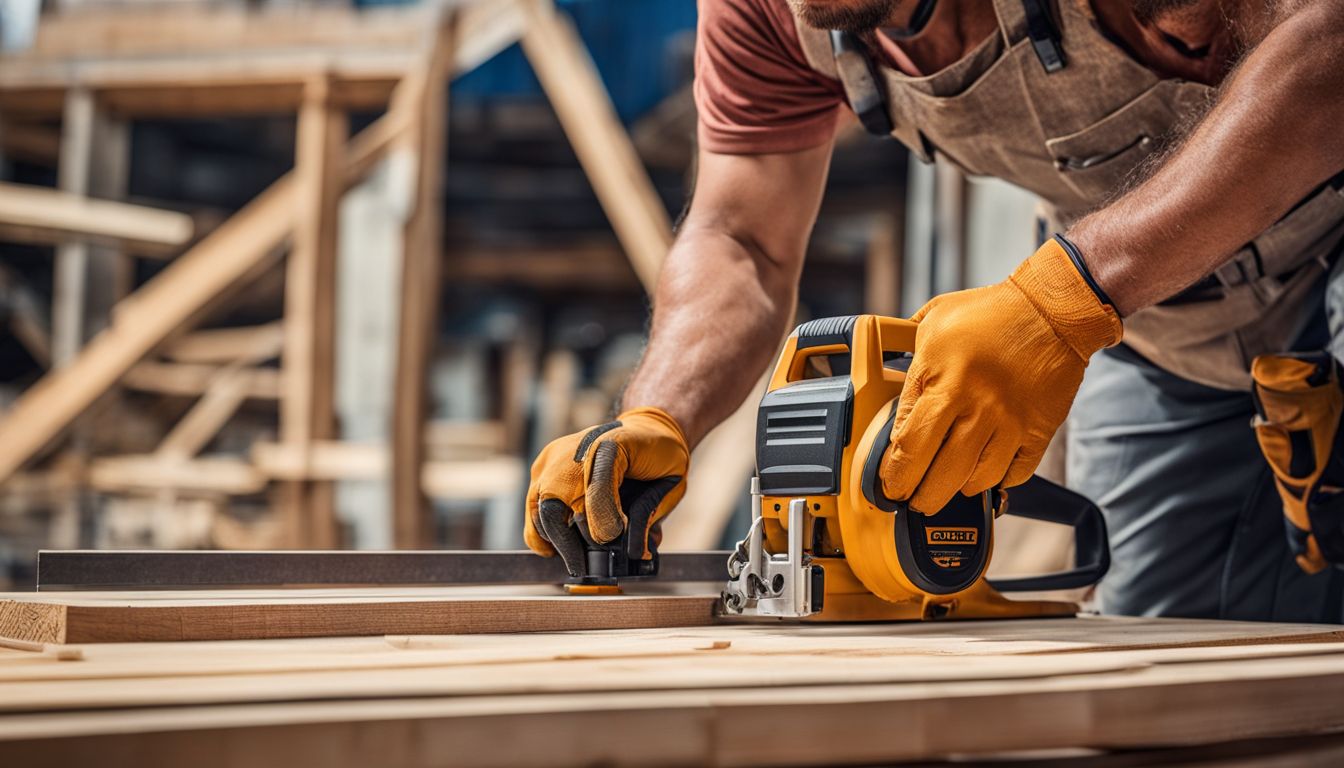
Transitioning from understanding the pivotal role that formwork plays in construction, we now face a set of unique challenges in achieving architectural designs with it. Crafting complex shapes and intricate details in concrete demands precision engineering and customised equipment.
These elements are essential for maintaining structural integrity while meeting aesthetic goals. Achieving such high levels of accuracy often results in increased time and financial investment, making the successful execution of ambitious architectural projects more challenging.
Creating seamless transitions between different parts of a structure requires not only detailed planning but also a harmonious collaboration between architects and engineers. The need for stability, longevity, and quality poses additional hurdles.
Each project presents its own set of demands related to customisation and installation, pushing teams to innovate while ensuring the concrete tectonics align perfectly with the envisioned design.
This pursuit can test the limits of existing formwork systems, prompting us to explore new materials and techniques that promise unparalleled concrete quality without compromising on speed or cost efficiency.
Case Studies: Precision in Formwork
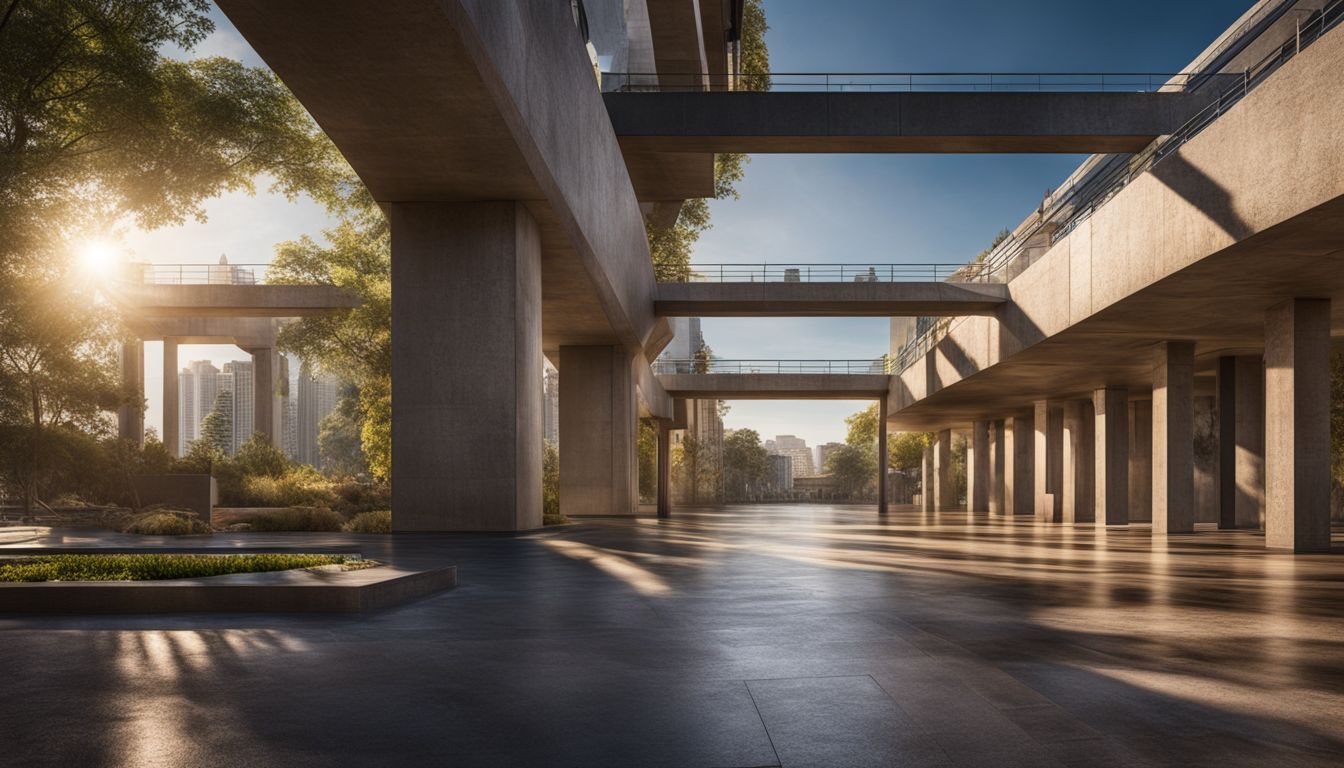
Experiment 01: The team achieved a flawless triangular vault with precision in formwork. Experiment 02: Happy Accidents revealed unexpected but aesthetically pleasing results from the application of precise formwork techniques.
Experiment 01: Triangular Vault

In our first experiment, the Triangular Vault, we tackled the challenge of constructing a vault with precise triangular geometries. This required innovative formwork solutions to achieve the architectural ambition of creating a striking visual impact while maintaining structural integrity.
We focused on customised equipment and construction techniques that ensured stability, longevity, and unparalleled concrete quality throughout the project.
Moving onto Experiment 02: Happy Accidents, we explore how unexpected outcomes can lead to inspired architectural design.
Experiment 02: Happy Accidents
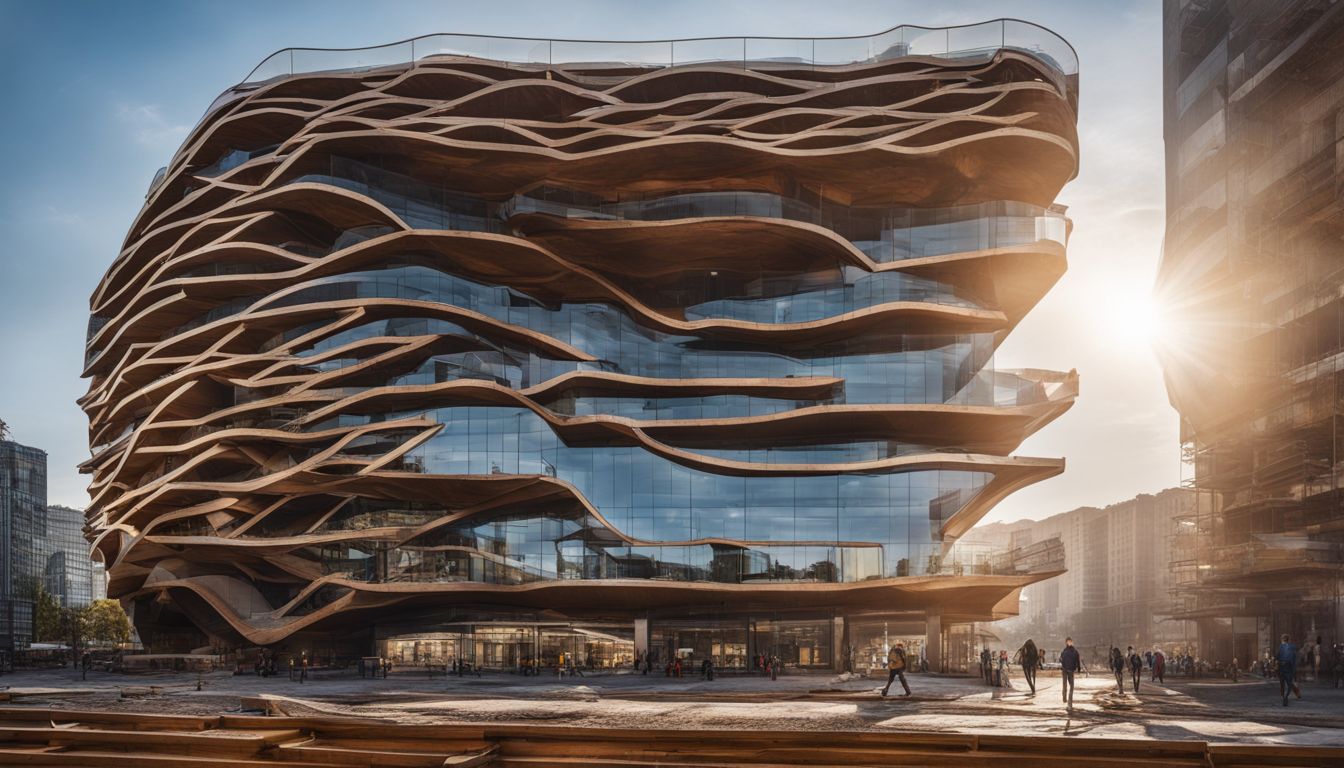
Moving from the structured precision of the Triangular Vault, we encounter the unexpected beauty that emerged from “Happy Accidents”. This experiment pushed us to explore how unplanned variations during formwork construction can inspire architectural innovation and excellence.
We discovered that sometimes, deviations from the original blueprint offer unique opportunities for creativity in architecture. Instead of striving for absolute control over concrete tectonics, we learned to embrace a certain degree of unpredictability.
This approach led us to achieve an unparalleled quality of architectural appearance and design through accidental yet artful forms in our constructions.
Embrace imperfection as an opportunity for innovation.
We found financial savings and enhanced stability in structures where these happy accidents occurred. The key was adjusting our perspective towards these incidents not as mistakes but as serendipitous discoveries that enriched our architectural endeavour.
Through this experiment, we highlighted how flexibility and openness to change are crucial in turning unforeseen challenges into advantages within the realm of constructing ambitious designs.
Experiment 03: Melt Out
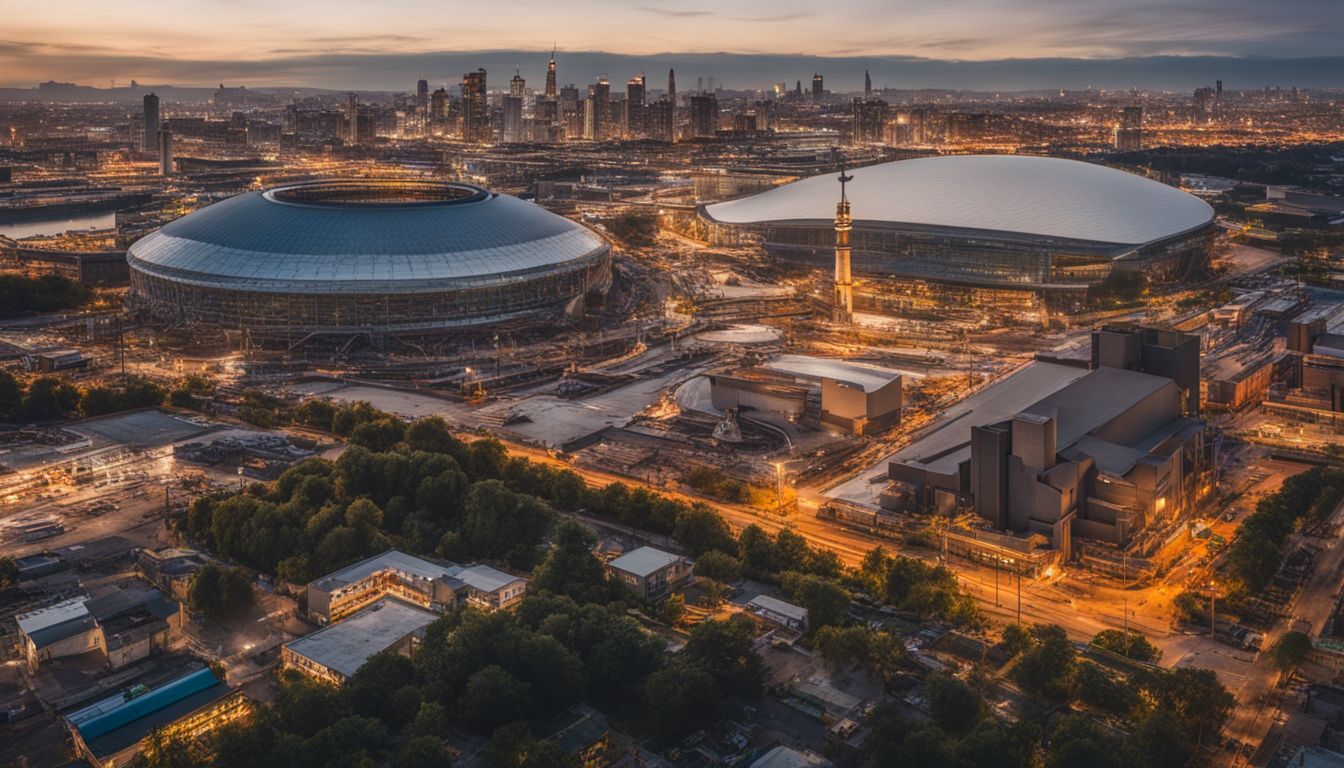
Building on the creativity unleashed in “Experiment 02: Happy Accidents”, we delve into “Experiment 03: Melt Out”, showcasing a unique blend of construction technique and artistic vision.
This experiment focused on utilising precise formwork systems to achieve what once seemed like an architectural fever dream. We poured concrete into specially designed forms that, after setting, created fascinating, intricate patterns never seen before in structural elements.
The process honed our skills in precision engineering and architectural design, pushing the boundaries of traditional construction practices. The result was not just a building component but a piece of art, demonstrating unparalleled concrete quality and stability with each curve and line.
Through this endeavor, we learned the importance of combining innovation with accuracy to meet both aesthetic goals and structural requirements without compromising on longevity or financial savings.
Experiment 04: Concrete Laboratory
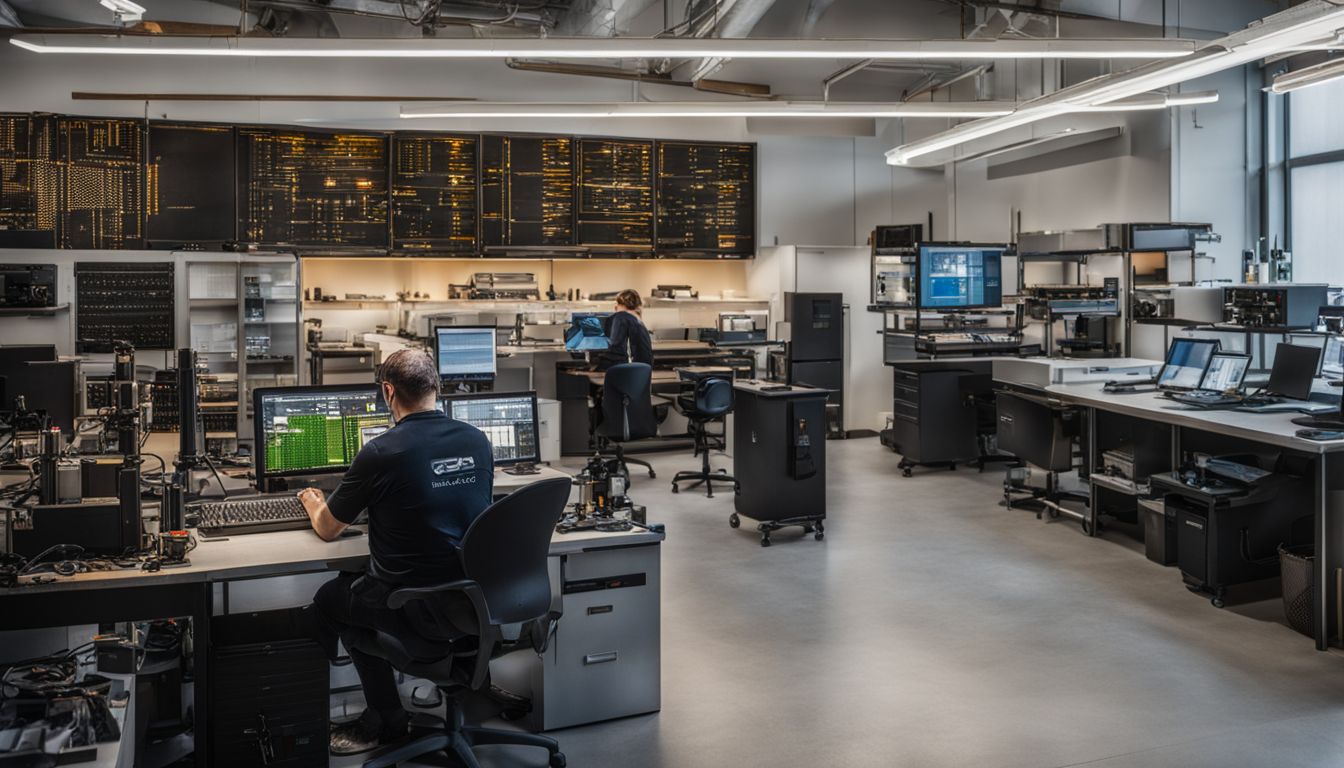
In our Concrete Laboratory experiment, we explored the capabilities of concrete to achieve high quality and stability in architectural design. We pushed the boundaries with customised equipment to test how formwork systems contribute to constructional accuracy and architectural excellence.
Our team worked tirelessly, adjusting forms and mixes to find optimal solutions for both financial savings and unparalleled concrete quality.
Moving on from rigorous testing, we set our sights on how these innovations can transform larger structures in “Experiment 05: Curtain Arch”.
Experiment 05: Curtain Arch
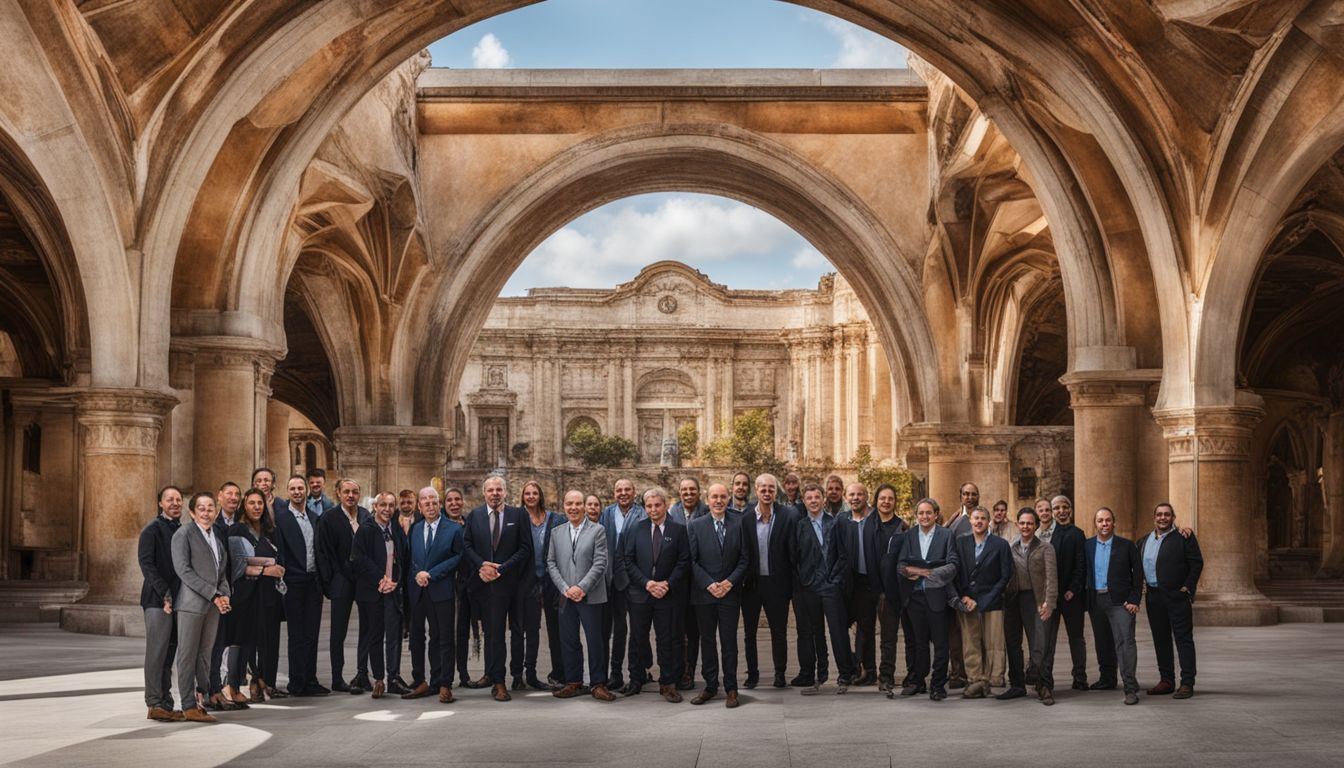
We tackled the challenge of creating a Curtain Arch, focusing on achieving architectural ambition through precise formwork. This experiment required us to innovate with both materials and techniques.
We pushed boundaries in design, striving for stability, longevity, and unparalleled concrete quality. Our goal was not only to create an arch but to ensure it blended seamlessly into its surroundings while standing as a testament to architectural excellence.
The process involved customised equipment and precision engineering at every step. From the initial design phase to the final installation, our team maintained a high level of attention to detail.
This ensured financial savings without compromising on quality or aesthetics. The Curtain Arch stands as proof that with the right approach, complex architectural designs can be realised efficiently and effectively.
Experiment 06: 1 to 100
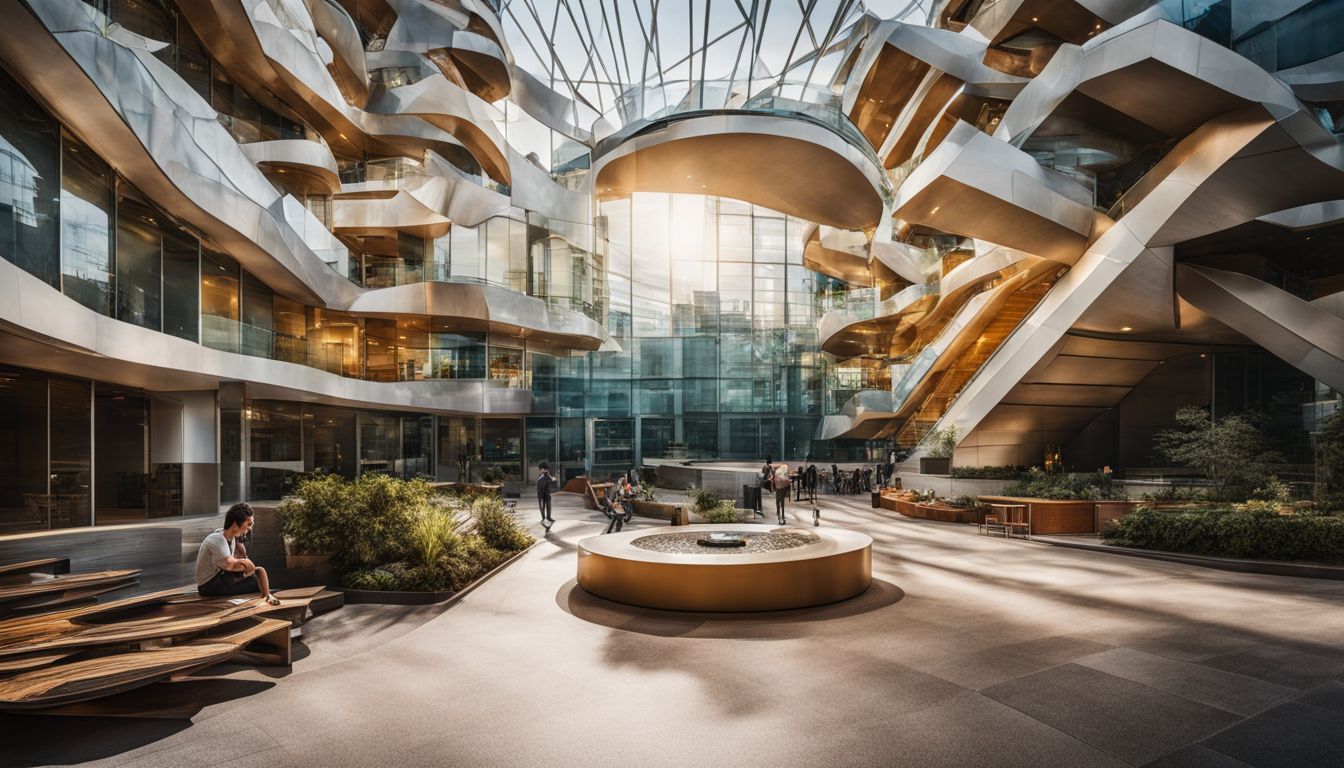
Experiment 06: 1 to 100 tackled the challenge of creating complex forms through a unique approach. This experiment delved into harnessing numerical sequences, from one to one hundred, to craft concrete structures with precision and finesse.
The results showcased how mathematical patterns can be translated into architectural form with accuracy, providing innovative solutions for bespoke designs that push the boundaries of construction technology.
Throughout Experiment 06: 1 to 100, meticulous attention was given to each step in the process. From conception to installation, this experiment underlined the potential of tailored formwork techniques towards unlocking unparalleled architectural excellence in building design.
Experiment 07: Shell at a Rock

Experiment 07 involved creating a shell-like structure using formwork at a rock. This innovative experiment showcased the adaptability and precision of formwork systems in unconventional settings.
The customised equipment allowed for an unparalleled level of architectural design and stability, demonstrating how formwork can be tailored to suit unique installation environments.
By leveraging such precise construction techniques, homeowners and businessowners can achieve their architectural ambitions without compromising on quality or longevity.
The use of permanent formwork solutions ensured that the final product boasted unparalleled concrete quality, showcasing the potential financial savings achievable through embracing such advanced construction technology.
Experiment 08: Glaspass

Transitioning from the innovative design of Experiment 07: Shell at a Rock, let’s delve into Experiment 08: Glaspass. This experiment explores the use of glass as formwork to create unique and striking architectural designs.
The key is not only achieving structural stability but also leveraging the aesthetic potential of glass in construction, offering homeowners and businessowners unparalleled quality and longevity in their building designs.
Experiment 08: Glaspass showcases how precision engineering can be tailored towards customised architectural excellence. It unlocks the secrets to achieving highspeed construction without compromising on architectural appearance, while still offering financial saving through durable solutions that have an unparalleled impact on the realm of construction practices.
The Role of Detailing in Precast Concrete Production
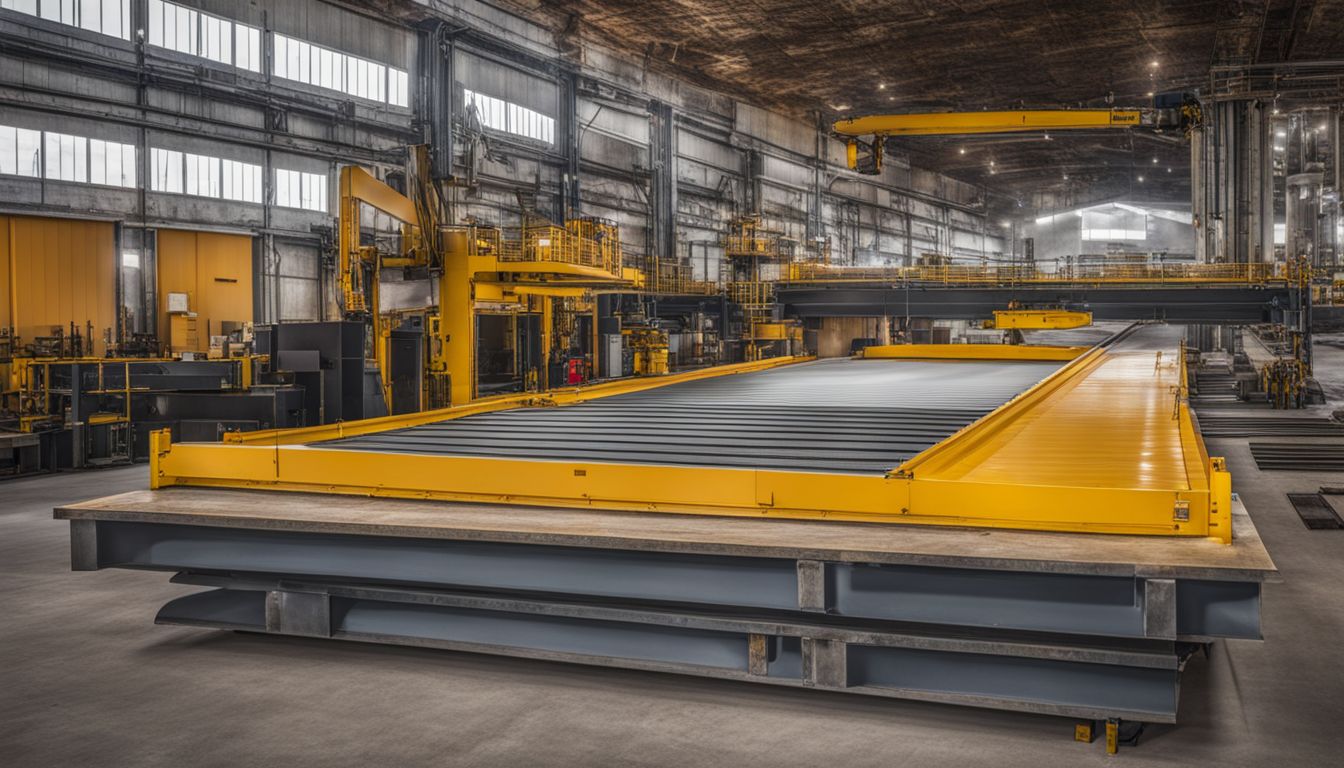
Detailing precast panels for custom designs can be a challenging task. Effective strategies are crucial in ensuring precision and accuracy in high-rise buildings.
Challenges in detailing precast panels for custom designs
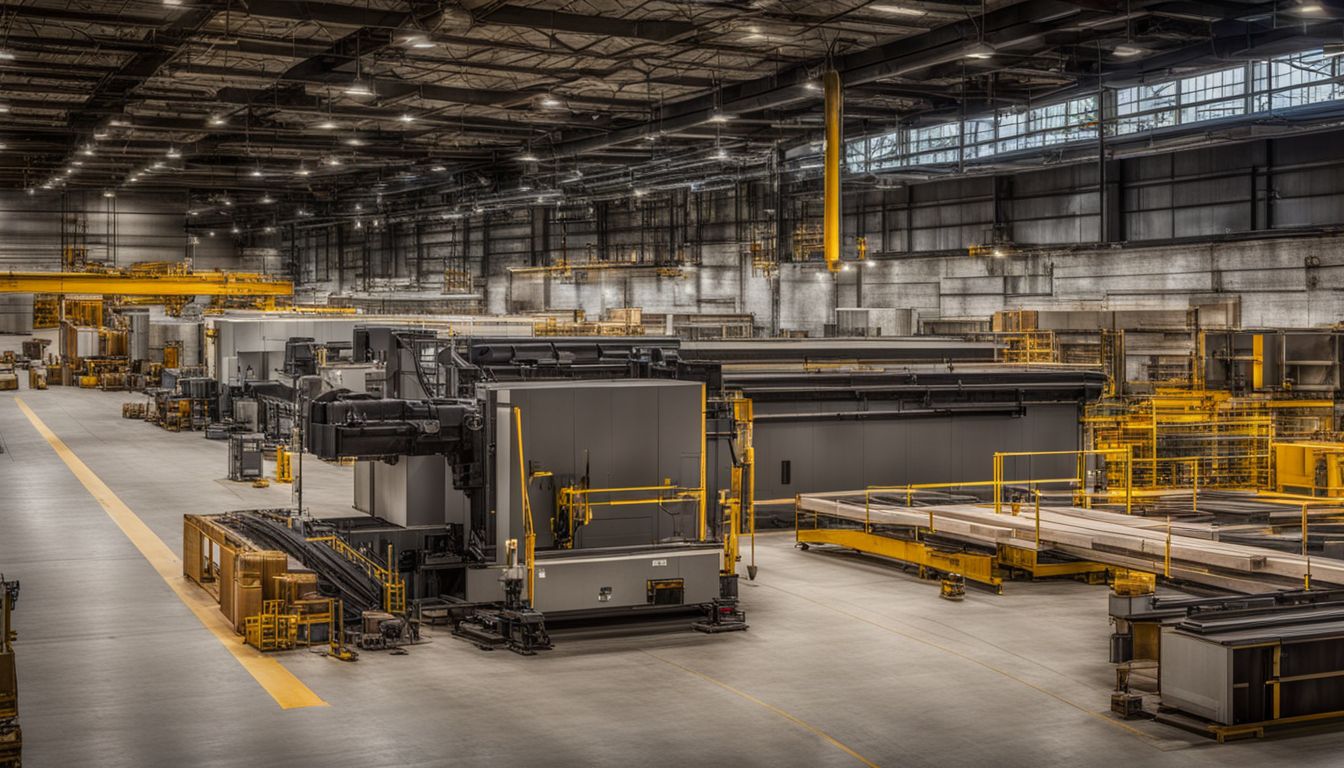
Detailing precast panels for custom designs presents several challenges in achieving precise construction. Ensuring the accuracy of intricate and customised elements while maintaining structural integrity is crucial.
Tailoring precast panels to unique architectural specifications demands meticulous attention to detail during the design and production stages.
The complexities of integrating custom design features require a thorough understanding of formwork systems, as well as an innovative approach to addressing architectural nuances. Achieving stability, longevity, and unparalleled concrete quality within bespoke designs involves navigating through various technical constraints while upholding exceptional precision engineering standards.
Strategies for effective precast detailing in high-rise buildings
To ensure precise precast detailing in high-rise buildings, we carefully plan and design the formwork to meet the demands of complex architectural designs. Employing advanced 3D modelling software allows us to visualise the intricate details and identify potential issues before production begins.
By incorporating parametric design principles, each precast panel is tailored to fit seamlessly into the building’s structure, enhancing both efficiency and accuracy throughout installation.
Moreover, conducting thorough coordination with structural engineers during the detailing phase ensures that all elements align precisely for stability and longevity in high-rise constructions.
Implementing digital fabrication technologies streamlines the manufacturing process while maintaining unparalleled quality control. This approach not only expedites construction timelines but also significantly reduces costs by minimising material wastage.
Insights on Formwork Systems
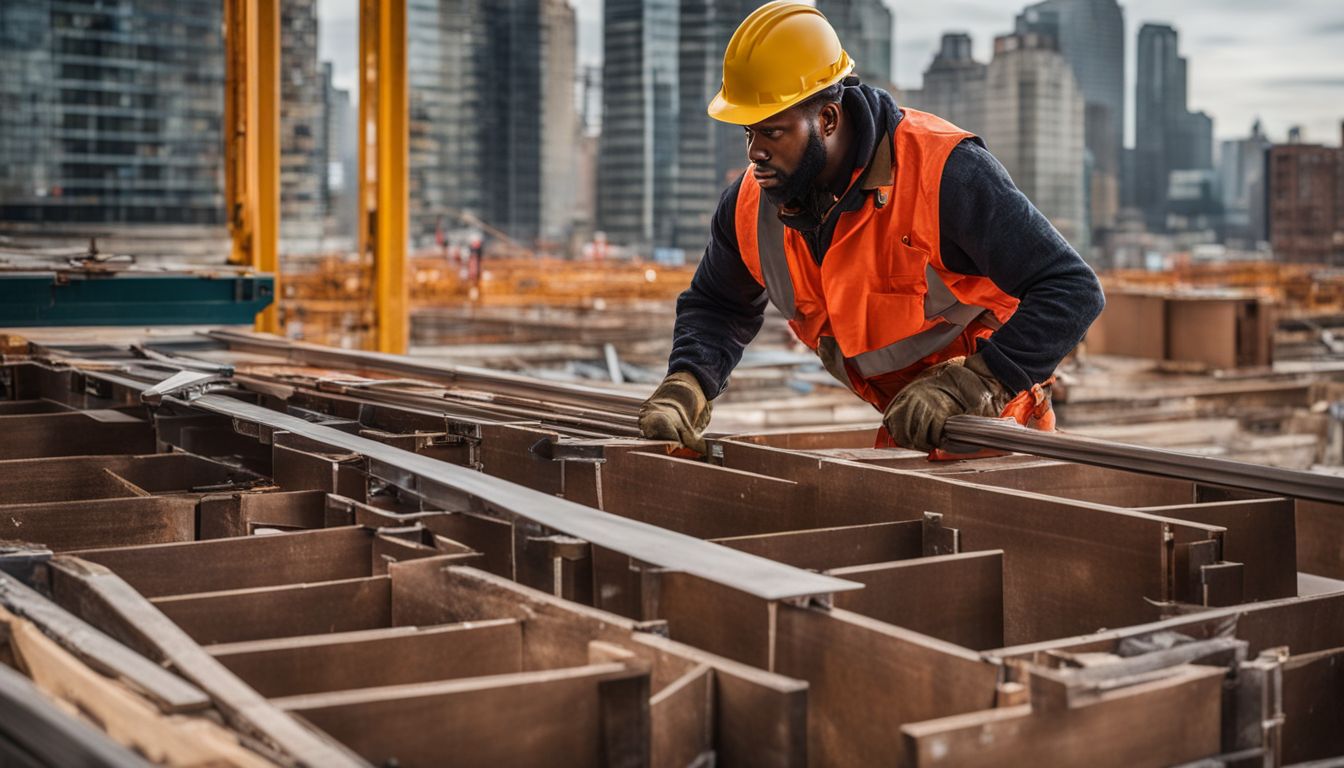
Formwork systems offer advantages in construction and can expedite the process. Pre-engineered formwork systems provide stability and precision, while fabric formwork enables customised designs that enhance architectural appearance.
Advantages of pre-engineered formwork systems
Pre-engineered formwork systems offer exceptional advantages in construction projects. These systems are designed to enhance both the speed and quality of concrete installation, leading to financial savings.
The unparalleled stability and accuracy they provide ensure longevity and architectural excellence, making them a valuable investment for achieving ambitious designs. Additionally, these systems can simplify construction practices and reduce reliance on bespoke equipment, making them an ideal choice for both business owners and homeowners seeking precision engineering in their building design.
Moving forward to “Permanent shuttering with CPB formwork system”, let’s explore how this innovative solution revolutionises concrete construction methods.
Permanent shuttering with CPB formwork system
The CPB formwork system offers a reliable solution for permanent shuttering. It provides stability and longevity, ensuring unparalleled concrete quality for custom designs. This pre-engineered formwork system is designed to enhance architectural appearance while offering financial savings and high-speed construction.
The CPB formwork system delivers installation efficiency, structural engineering, and unparalleled stability for both homeowners and business owners seeking precision engineering in their building design.
In the realm of construction technology, CPB fabric formwork stands out as an innovative option that unlocks the secrets of unmatched precision in architectural excellence.
Exploring fabric formwork
Transitioning from the permanent shuttering with CPB formwork system, let’s explore fabric formwork. Fabric formwork is an innovative construction technique that utilises flexible and permeable textiles to mould concrete into unique shapes and designs.
This method offers a more versatile and sustainable approach compared to traditional formwork systems, allowing for customised architectural elements while reducing material waste.
The use of fabric in formwork not only allows for complex and intricate designs but also provides a cost-effective solution for creating visually stunning concrete structures.
Fabric formwork opens up new possibilities in architectural design by enabling the creation of organic forms that were previously challenging to achieve with conventional methods. By leveraging fabric as a mould, architects can explore creative shapes, textures, and patterns in concrete applications that enhance the aesthetic appeal of buildings while maintaining structural integrity.
Additionally, this adaptable approach aligns with environmentally conscious construction practices due to its reduced material consumption and minimal waste generation.
Achieving Architectural Ambition
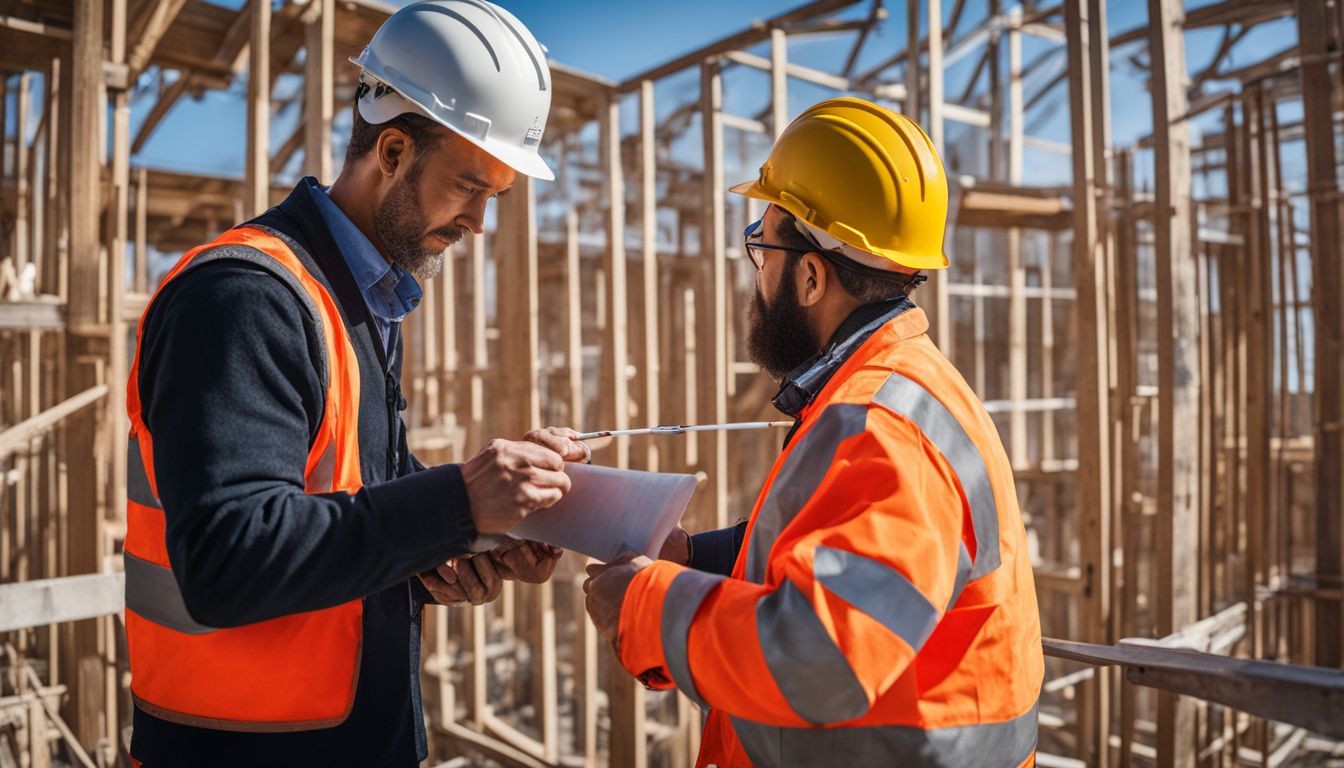
6. Achieving Architectural Ambition: Striking a balance between precision and ingenuity in formwork design underpins the foundation of exceptional architectural aesthetics. Formwork significantly impacts the visual appeal, structural stability, and longevity of buildings through meticulously tailored designs that push the boundaries of constructional accuracy.
Balancing accuracy and creativity in formwork design
Formwork design requires the harmonious blend of accuracy and creativity to achieve architectural ambitions. This balance ensures that the formwork not only meets structural requirements but also enhances the overall aesthetic appeal of the building.
Precision in design and construction techniques is essential to ensure stability, longevity, and unparalleled concrete quality while allowing for customised architectural appearances.
The seamless integration of creative elements into precise formwork systems results in financial savings without compromising on quality or design intent.
The pragmatic use of custom-built equipment and innovative fabric formwork allows for high-speed construction, permanent formwork solutions, as well as bespoke architectural designs.
The impact of formwork on architectural aesthetics
Formwork significantly influences the visual appeal of a building, shaping its architectural aesthetics. It determines the precision and quality of concrete finishes, contributing to the overall appearance and finish of a structure.
Utilising advanced formwork systems ensures tailored designs with unparalleled concrete quality, promoting an attractive architectural appearance.
The intricate details achieved through precise formwork contribute to the desired architectural excellence and innovative designs. These aspects are vital for creating unique and visually captivating structures that stand out in terms of beauty and sophistication.
Foundations of Tomorrow: Pioneering Formwork by Maitland
Transitioning from the impact of formwork on architectural aesthetics, let’s delve into an innovative venture that underpins the realm of formwork systems – Foundations of Tomorrow: Pioneering Formwork by Maitland.
Maitland’s pioneering approach to formwork design navigates complexities towards tailored and meticulously crafted solutions for unparalleled constructional accuracy.
Maitland’s suite of customised equipment is designed to enhance not only the architectural appearance but also the stability, longevity, and financial savings in construction practices.
Their permanent formwork solutions unlock the secrets to highspeed construction without compromising on quality, making them a go-to option for those seeking more than just traditional building designs.
Conclusion
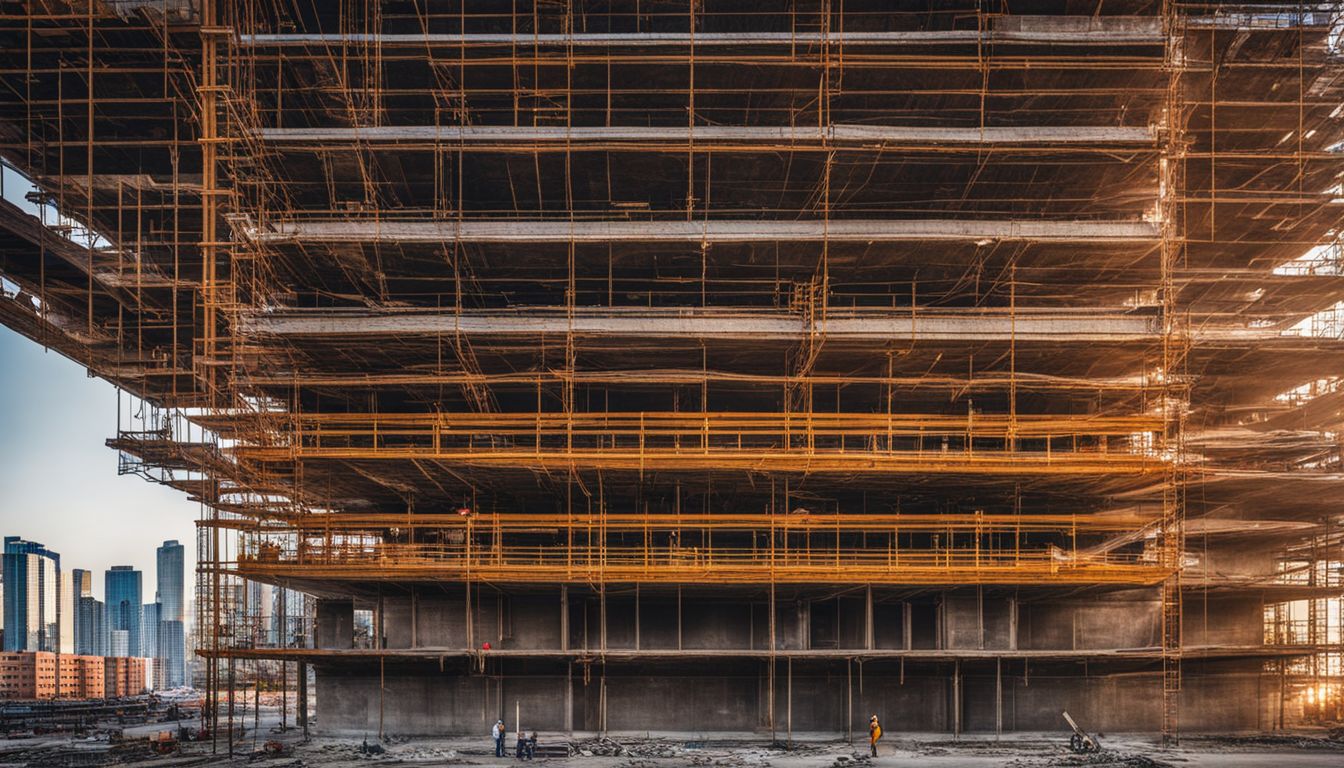
Reflecting on the precision of formwork design and construction, we have explored the role of detailing in precast concrete production and uncovered insights into various formwork systems.
The strategies discussed emphasise practicality and efficiency, offering a simple yet effective approach to achieving architectural ambition through precise formwork. How can you apply these techniques to elevate your own projects? Highlighting the importance of our topic, implementing these approaches promises significant improvements in architectural aesthetics and constructional accuracy.
As you navigate this ever-evolving realm, consider exploring further resources or services to enhance your understanding and application of precise formwork. Let’s conclude with the motivation to embark on this journey towards unparalleled architectural excellence – it starts with embracing the art of precise formwork.
For a deeper dive into how formwork is shaping the future of architecture, check out “Foundations of Tomorrow: Pioneering Formwork by Maitland”.
